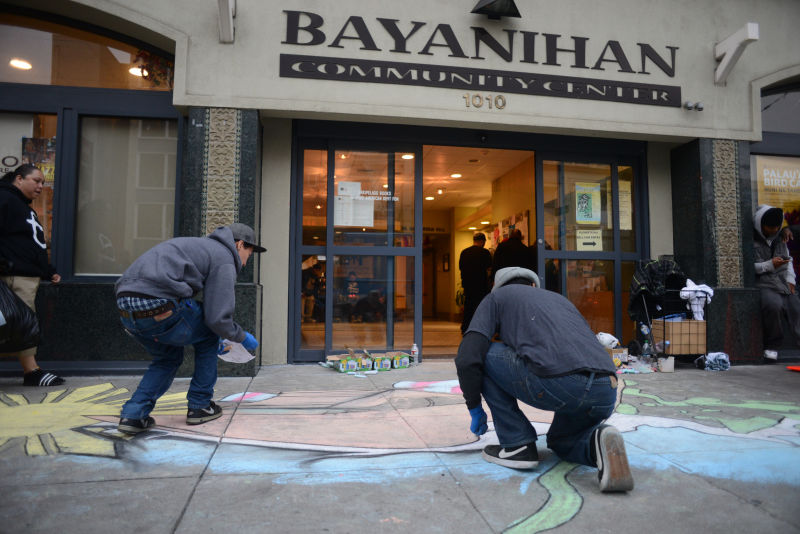After years of growing concern and anxiety about displacement in San Francisco's South of Market neighborhood, a plan being unveiled at noon today will establish an official Filipino social and cultural district to preserve what is left of the Filipino-American community there.
On the steps of San Francisco's City Hall, Supervisor Jane Kim and Filipino community leaders will announce legislation to establish SoMa Pilipinas, a district that would highlight more than 25 historic buildings, sites and objects to honor SoMa as a center for Filipino-American culture in San Francisco.
"Historically, the Filipino-American community has made the South of Market their home," Kim said. "There's a lot of history of nonprofit community-based services and organizations, as well as small businesses, that have served this community."
The district would include institutions such as the Bayanihan Community Center, the San Lorenzo Ruiz Center, which is an assisted-living complex, and the venerable Gran Oriente. Several sites that host folkloric Filipino events, in addition to streets named after Filipino heroes such as Filipino nationalist Jose Rizal, would be included, too.
"It brings to the community the validation of its existence," said Bernadette Sy, executive director of the Filipino-American Development Foundation, which played a key role in the Western SoMa Citizens Planning Task Force that proposed the plan. "It honors our presence here in San Francisco."
